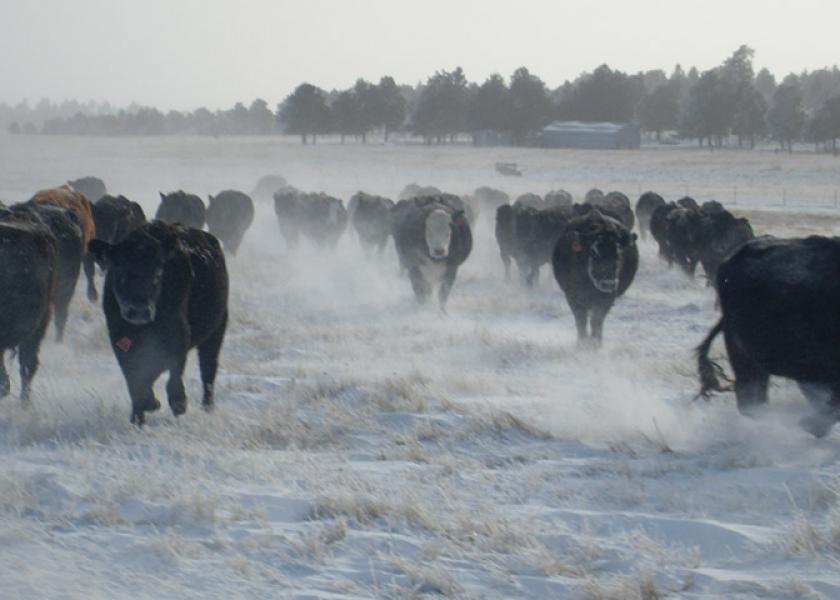Fall Blizzard Still Hurting Ranchers in Nebraska and South Dakota

Source: Associated Press
The October blizzard that killed thousands of cattle in northwest Nebraska and southwest South Dakota will have a lasting impact in the region, agriculture officials
Dawes County, Neb., extension educator Scott Cotton tells the Lincoln Journal Star the blizzard had a bigger impact because it followed a summer of drought and last year's wildfires.
"It could be a real landscape changer," Cotton said.
About 3,000 animals in Nebraska and 15,500 in South Dakota are estimated to have died because of the blizzard.
The early October winter storm dumped almost 4 feet of snow on parts of the western Plains. Many animals died because they hadn't yet developed winter coats, and some herds squeezed down into ravines or against fences, where they froze or suffocated in massive snow drifts.
Cotton said ranchers must wait for Congress to approve a new farm bill before they can receive any significant aid. Under the previous farm bill, ranchers were eligible for payments of up to 70 percent of their losses in similar circumstances.
Cotton said about 80 ranching families suffered major losses in the blizzard, and about 200 families were affected in some way. He says that represents a significant portion of the ranchers in Sioux and Dawes counties.
Steve Cleveland helped raise $150,000 in donations to help affected ranchers, and he is president of First National Bank of Chadron. Cleveland said the donations will help with some costs but won't be enough to help ranchers replace their livestock.
"There's going to be several ranches that because of this will have a difficult time continuing," Cleveland said. "As far as the communities, the communities will rebound, in my opinion. The communities won't be stronger because of it, they'll be weaker. But they will go on."
Since the blizzard, Cotton and other officials have been conducting seminars for ranchers about alternative strategies they might use to generate income, such as leasing out their land.
"They need some cash flow just to keep afloat," he said.







